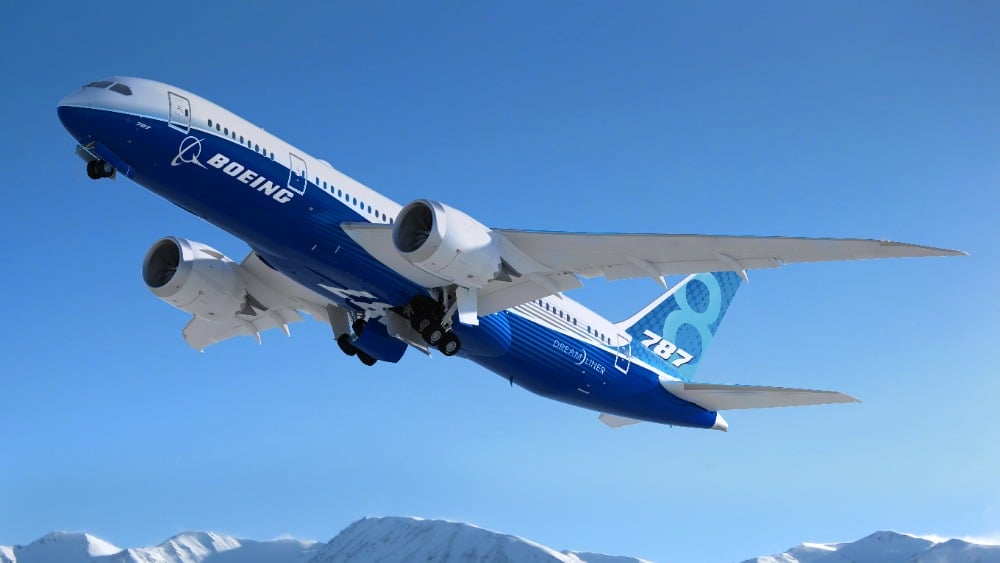
Boeing has announced it will reduce the production output of its 787 Dreamliner widebody aircraft to five jets a month in mid-2021, down from six.
The decision was made off the back of ongoing subdued demand for new jet orders, with the US planemaker reporting another month of no new deliveries or orders on the Dreamliner in November.
Boeing chief financial officer Greg Smith made the comments at a transportation conference on Friday.
“Clearly, international passenger traffic is still the hardest hit, remaining at about 90 per cent below 2019 levels at this time last year, which is impacting the overall near-term demand for widebody markets,” Smith said.
In 2019, Boeing was manufacturing 14 787 Dreamliners per month.
By July 2020, the planemaker had revised its output down to six of the widebody jets per month due to subdued demand for large airliners, as international travel demand continues to be hammered by the COVID-19 pandemic.
The latest adjustment down to five Dreamliners per month comes as Boeing continues to face a battle on many fronts, as it works to reclaim market share in the aftermath of the recent recertification of its 737 MAX.
Meanwhile, airframe inspections on the Dreamliner have slowed down the delivery process and led to a stockpile of 56 jets, in light of a number of faults reported in the aircraft.
In August, Boeing grounded eight of its 787 Dreamliners after it reportedly found “two distinct manufacturing issues” affecting the fuselage of the aircraft.
According to Boeing, the issues were located in the joint of sections towards the rear end of the widebody aircraft, and all affected jets “must be inspected and repaired prior to continued operation”.
Soon after, the US Federal Aviation Administration issued a probe into the Dreamliners over the above issues, as well as a fault found in the aircraft’s horizontal stabiliser. Boeing was required to inspect said issues on all aircraft prior to delivery.
“The additional time that we are taking to inspect and ensure that each of our 787s are delivered to the highest-quality standard is taking longer than we previously anticipated,” Smith said.
Despite the disappointing news, Smith concluded on a positive note: “We do remain very confident in the long-term outlook, and certainly the health of the 787. The long-term potentials, post-pandemic, are very robust.”










